Tackling invasive species in Sutherland: American mink at Loch Shin
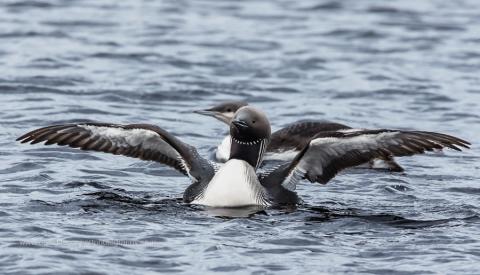
Local landowners in Sutherland have signed up as mink control volunteers with the Scottish Invasive Species Initiative in a bid to help protect vulnerable native wildlife
Local landowners Andrew and Jessica moved to Sutherland a few years ago for their work and are keen to manage their land for the benefit of wildlife. Living on the banks of Loch Shin, they are committed to looking after their land to improve its biodiversity and its ability to mitigate climate change. Their work to date has included planting 10,000 native trees, improving wetland areas for carbon sequestration, enhancing riparian habitat and taking measures to increase the breeding success of amphibians, reptiles, birds and mammals, including some red-listed species.
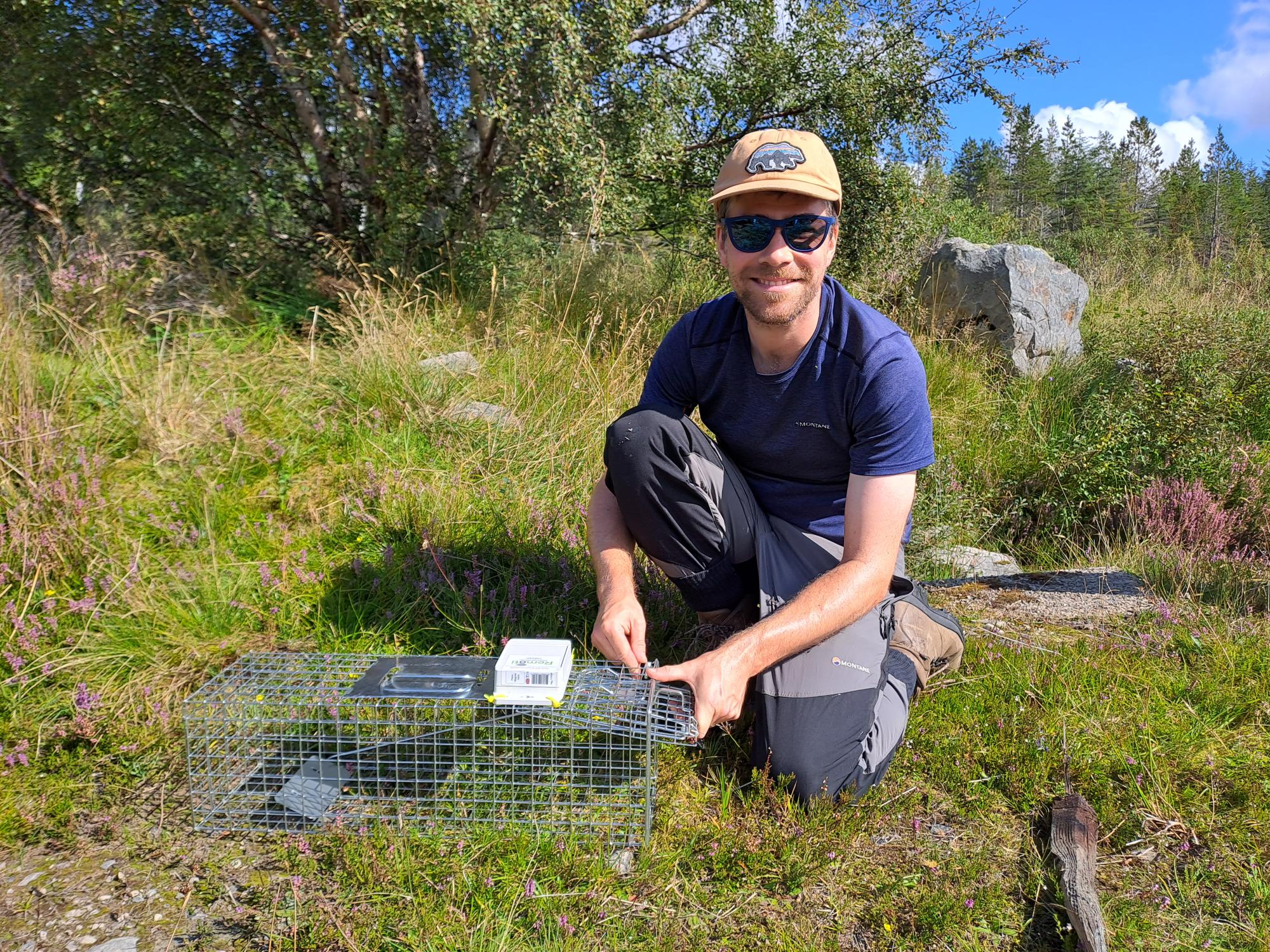 |
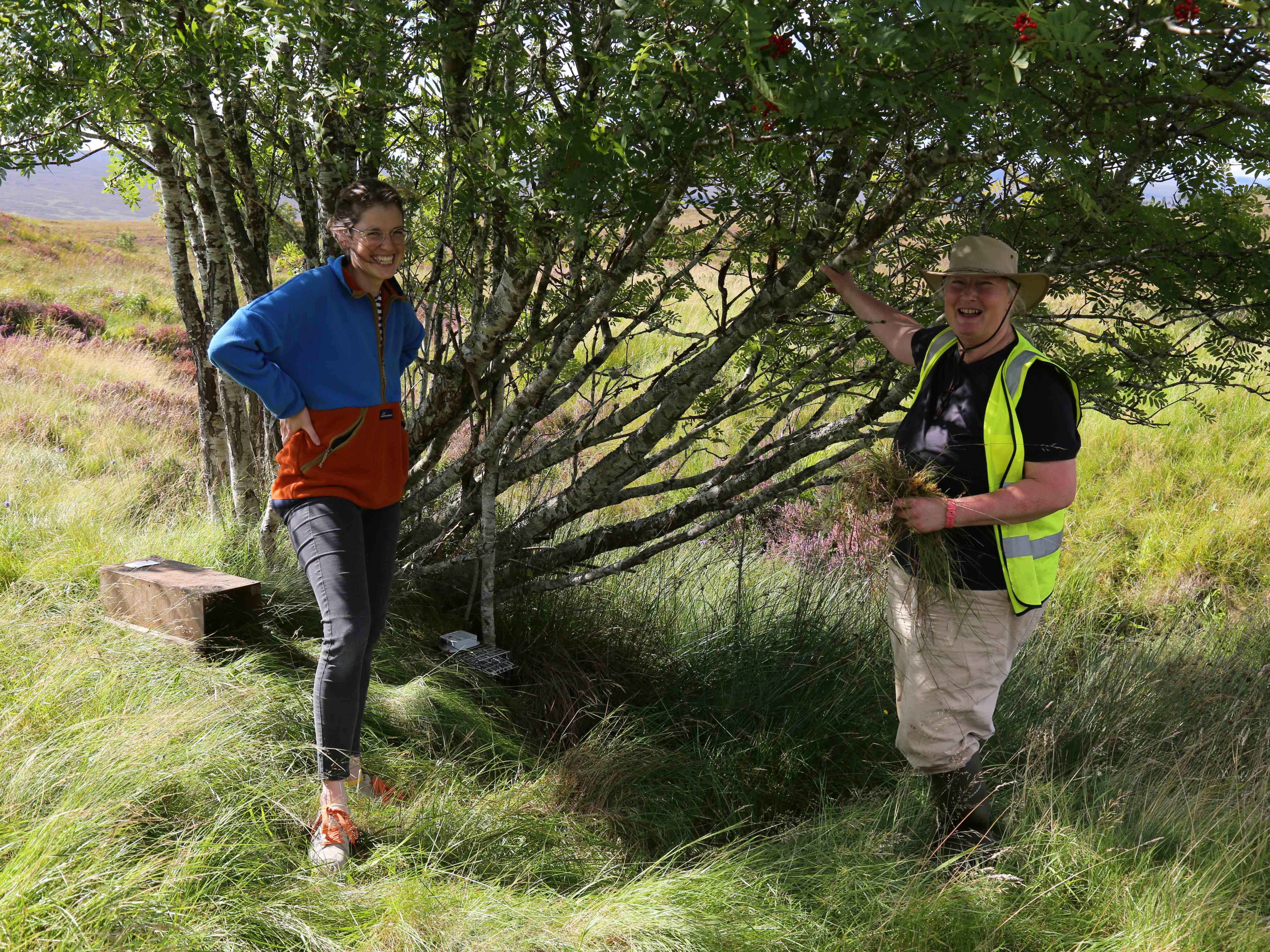 |
|
|
Andrew prepares a mink trap with attached remoti device |
Jessica and Project Officer Trudi set up a mink trap |
|
Loch Shin is the largest Loch in Sutherland and home to a wonderful variety of bird species. Commonly seen species include divers, osprey, white-tailed eagles, sandpipers, goosander, pipits, stonechats, skylarks, long-tailed tits, woodcock and snipe. Less commonly seen species include hen harriers, short-eared owls, golden eagles, jays, curlew and crossbills. It is a fantastic refuge for wildlife and Andrew and Jessica are keen to help by managing their land for the benefit of local biodiversity.
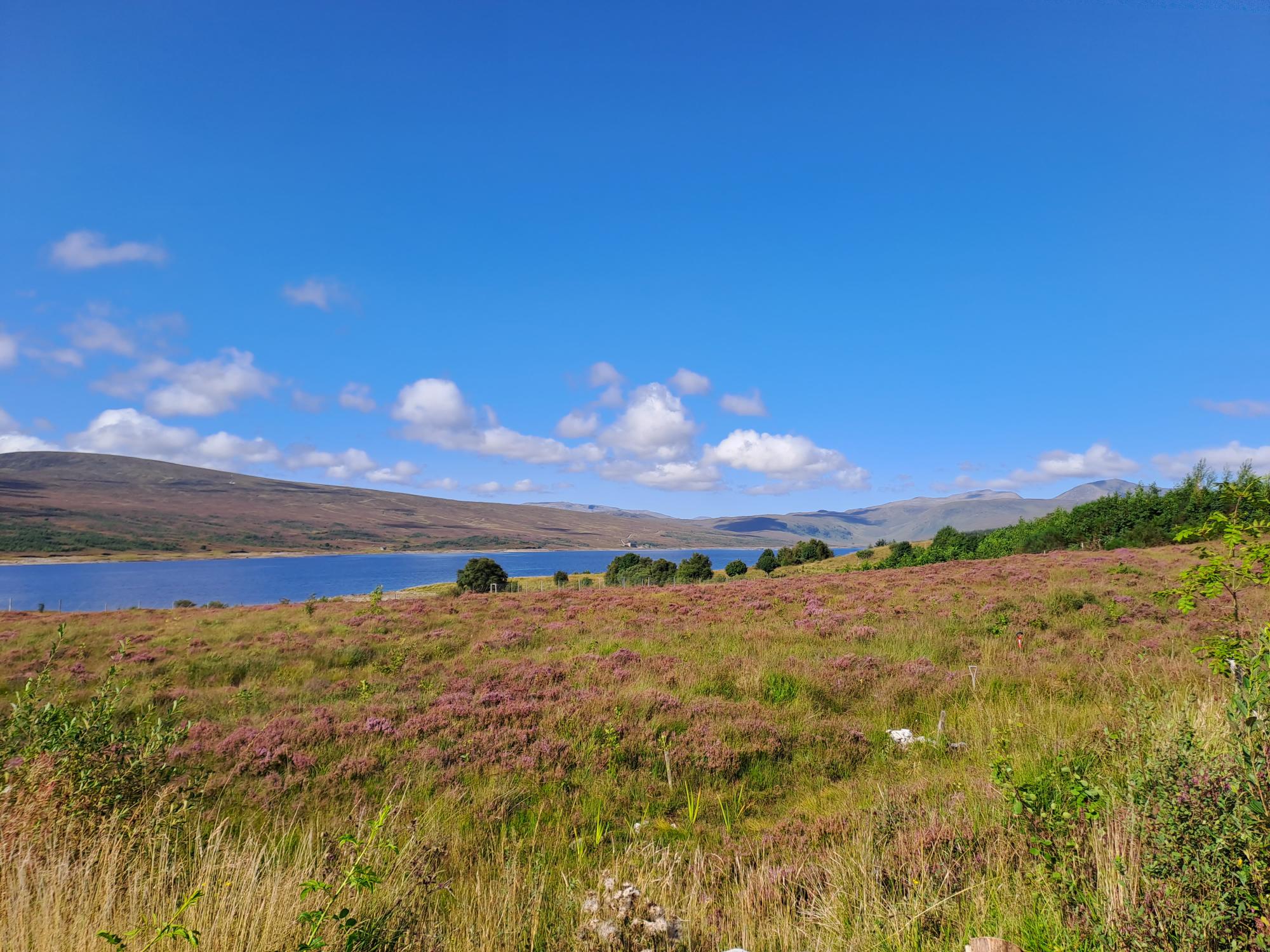 |
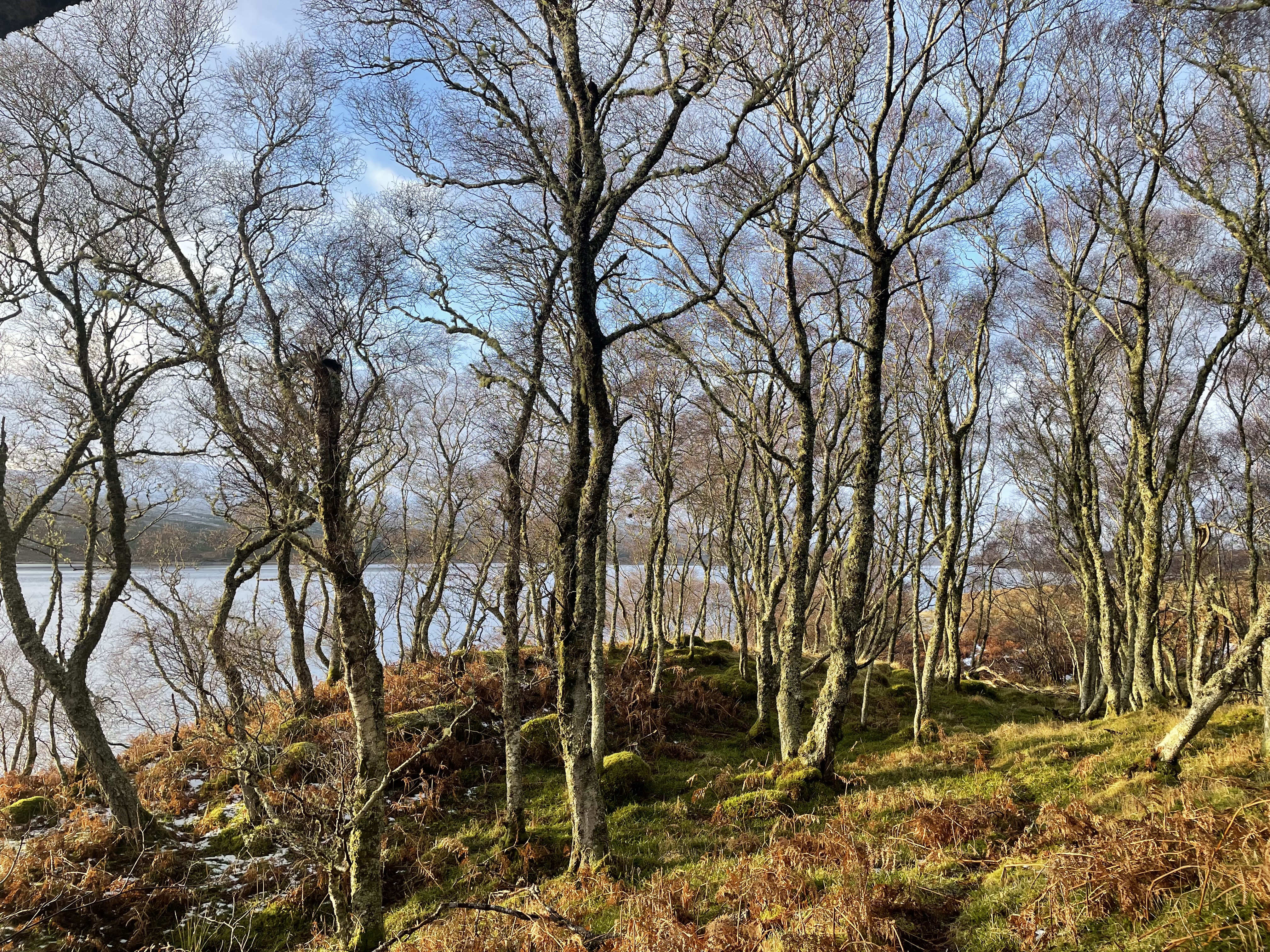 |
|
|
Loch Shin provides a fantastic habit for a wide variety of bird species |
||
A local bird recorder who monitors black-throated and red-throated divers in the area had noticed that in recent years chicks were hatching but not surviving to adulthood. Initially, native predators were suspected to be the culprits, until about 6 months ago when an American mink was spotted.
Divers, like many other species of birds, nest on the ground which makes them especially vulnerable to American mink. Mink can decimate populations of ground nesting birds when they move into an area. For example, mink are thought to be behind the disappearance of the moorhen from Lewis and Harris. If they remain in the area around Loch Shin they are likely to have a serious impact on local bird populations.
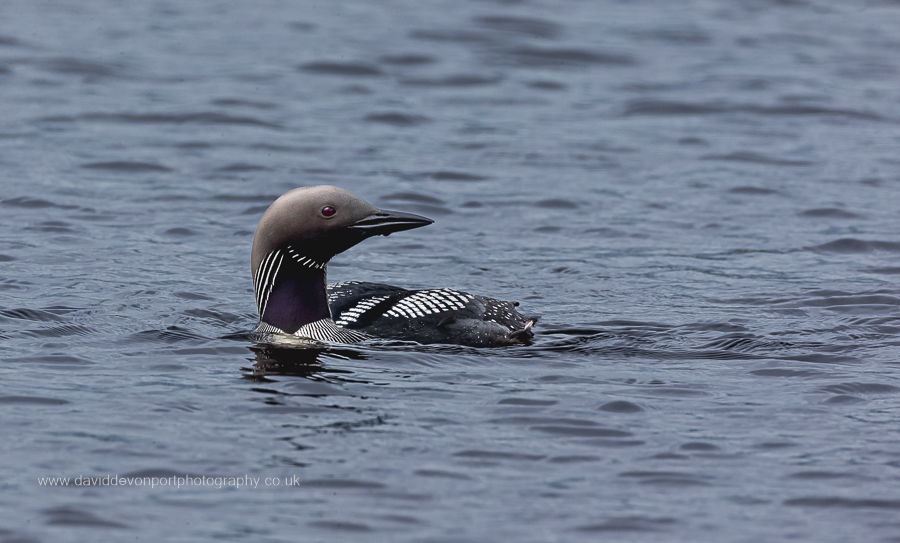 |
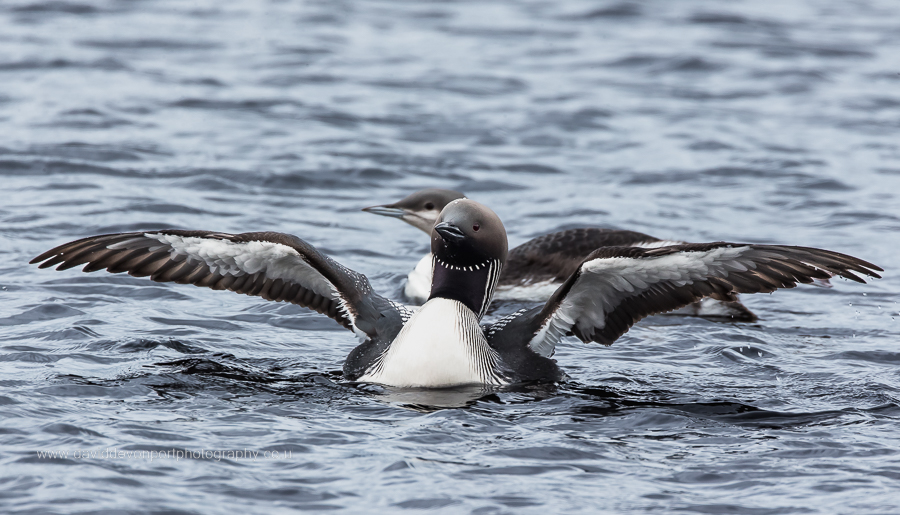 |
|
|
Black throated divers, an Amber species on the UK Red List for birds, would be very vulnerable to mink predation and are just one of the many native bird species that makes Loch Shin their home. Photos copyright: David Devenport |
||
Following the sighting of the mink, Andrew got in touch with the Scottish Invasive Species Initiative to ask for help. Local Project Officer Trudi made the journey up from Cromarty to set them up with mink traps and remoti units in the hope of catching any resident or transient mink in the area. They are now monitoring three mink traps on their land and one trap on their neighbour’s land. Two are at the location where the American mink was spotted and two are on waterways which mink may use to move to other water bodies. The surrounding habitat is full of frogs, water voles and many bird species - prime hunting habitat for mink.
Andrew commented: “There are only about 200 breeding pairs of black-throated divers in the UK and Loch Shin is a strong-hold for them. We are grateful for the help we have received from the Scottish Invasive Species Initiative and hope that our combined efforts will improve the outlook for divers in the area."
The traps have only been operating for a couple of weeks now but it is hoped that any mink are caught ahead of next years bird breeding season, hopefully improving their chances of successfully fledging chicks.
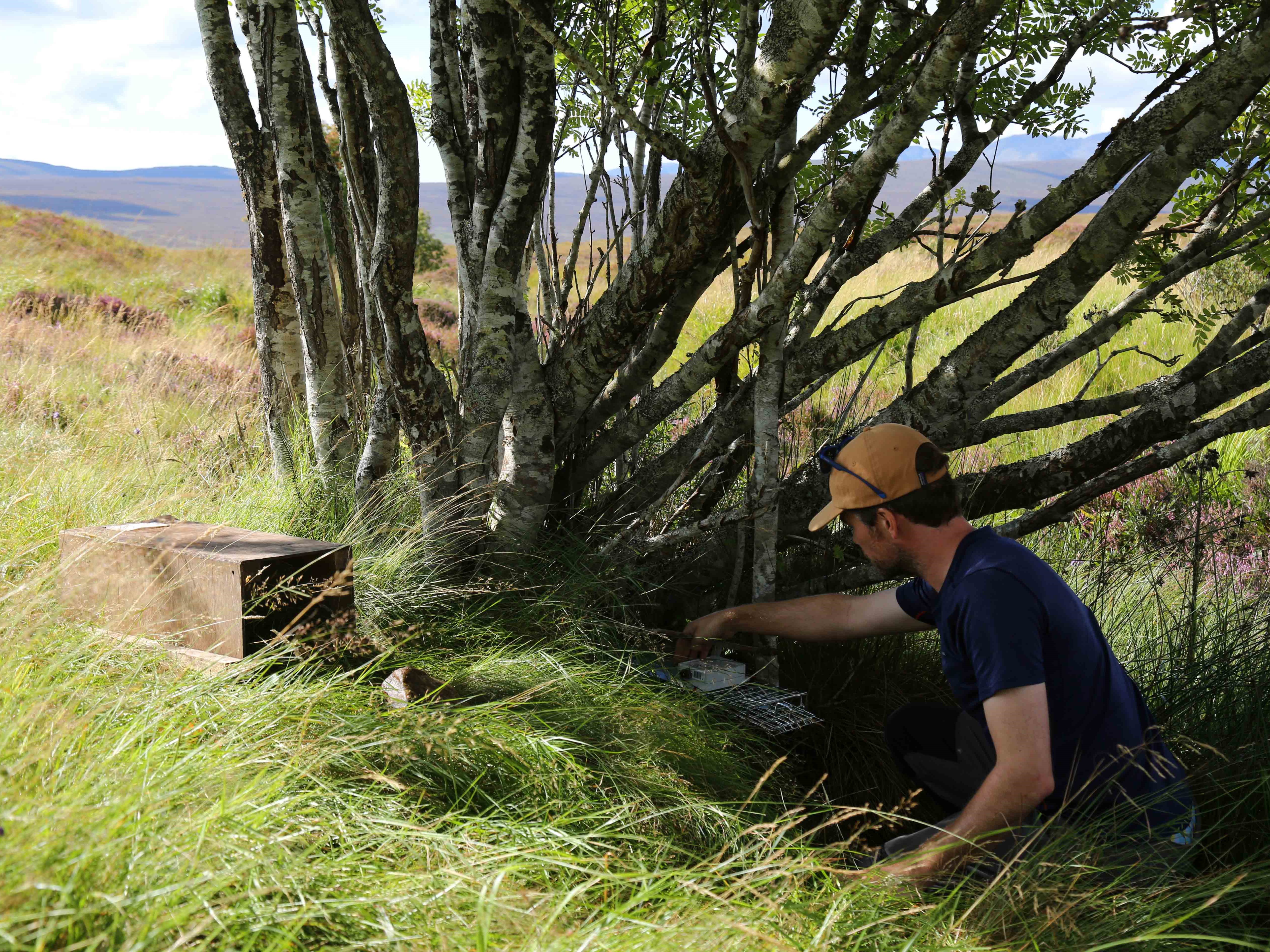 |
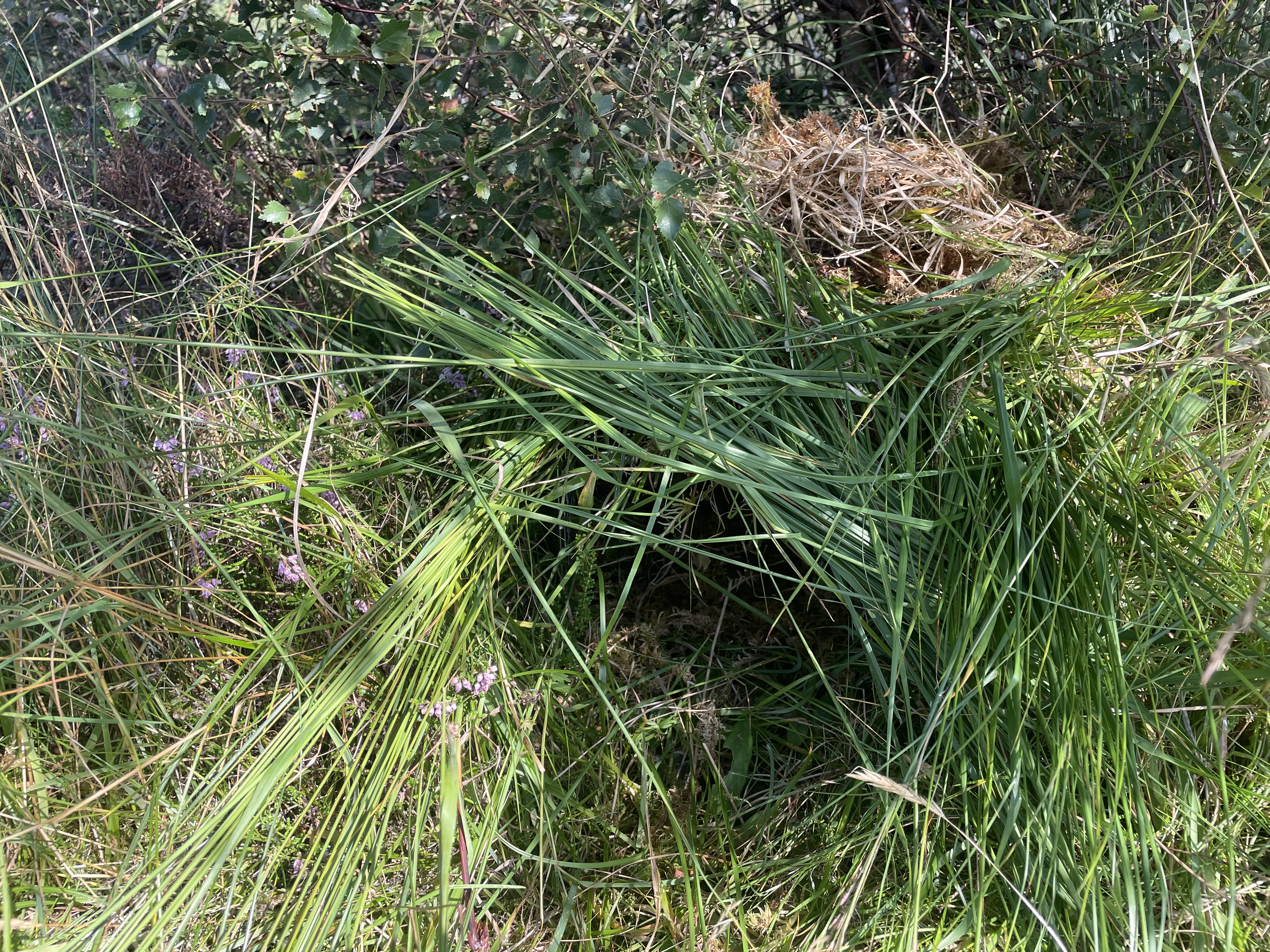 |
|
|
Andrew and Jessica are now monitoring 4 mink traps in the hope of catching any resident or transient mink ahead of the next breeding season for water birds |
||
